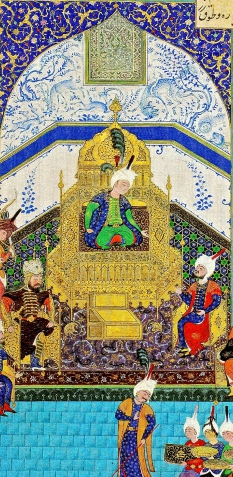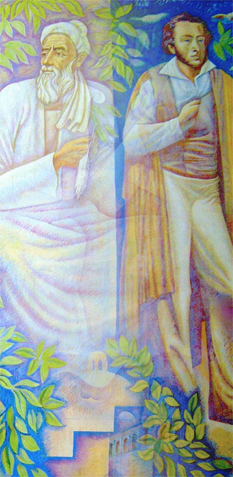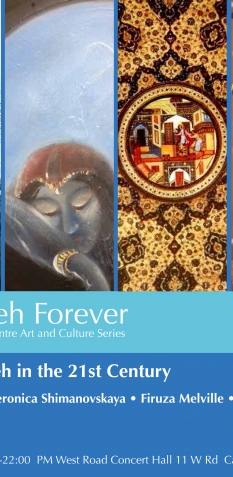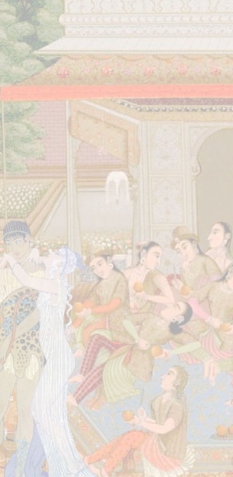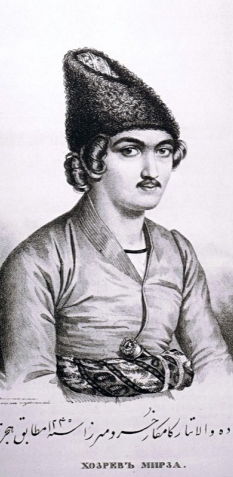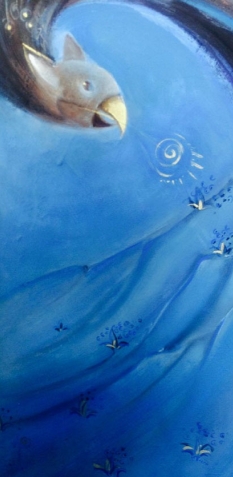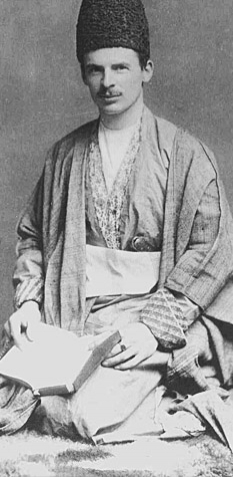Shahnama Project
At the core of the Shahnama Project is an online corpus of illustrated manuscripts of the Shahnama, the Persian epic poem composed by Firdausi of Tus in A.D. 1010. The epic became established as an expression of Persian culture and political ethics throughout the Middle Ages and remains so today, strongly associated with the concept of divinely sanctioned kingly rule, but also rich in stories of the tragedy of the human condition and the complex relations between ruler and subjects, fathers and sons, and would-be lovers. Manuscripts of the Shahnama can be found in libraries throughout southern and western Asia, and in public and private collections in Europe and the United States. Many of the hundreds of manuscripts are royal or princely commissions and contain superb examples of Persian miniature painting and the arts of the book. The project makes accessible information and images of manuscripts and their contents from across the world, emphasising the significance of the choice of subjects for illustration and the changing relationships between the images and the text.
more
